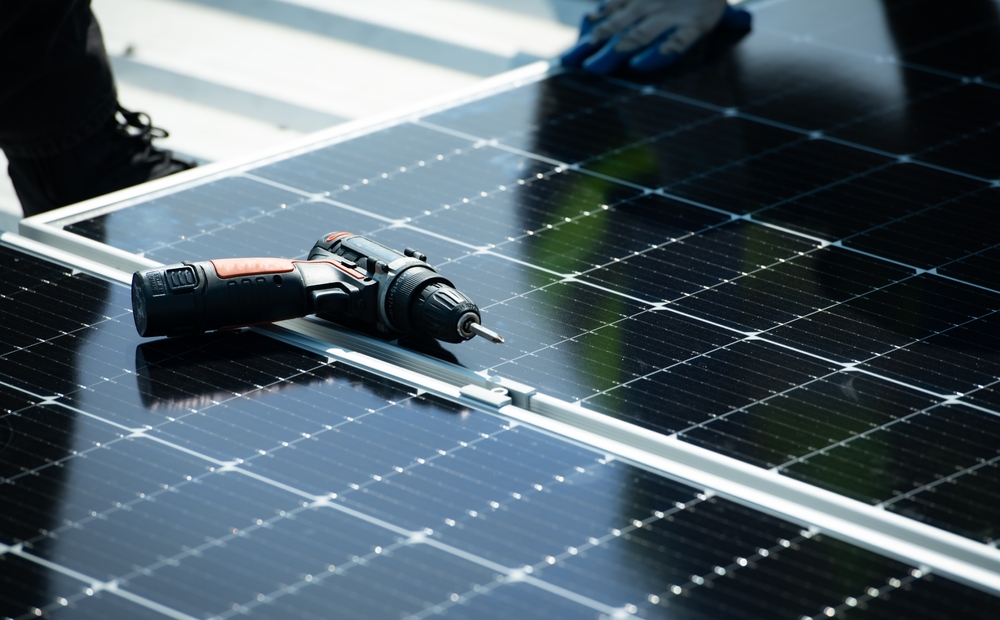In Germany’s busiest cities, a quiet shift is taking place on apartment balconies. While rooftop solar has long been seen as a key component of renewable energy, a new player has emerged: the solar balcony. With over 400,000 plug-in solar systems on balconies around the country, this unique technology is changing the way homeowners harness the power of the sun. As Germany leads the charge in this change, the rest of Europe pays close attention, wondering about the implications for their own energy landscapes.
The rise of Germany’s solar balconies
Germany’s adoption of solar technology stretches back to the early 2000s when rooftop solar became popular. However, logistical obstacles hampered the multi-dwelling unit sector’s adoption of solar energy. Enter solar balconies, a game changer for urban households looking to harness solar energy without the limitations of rooftop installations. Jan Osenberg, a policy advisor at SolarPower Europe, emphasizes the importance of this development: “We see it as a trend to use all possible artificial infrastructure for solar generation.”
Shaping the energy transition: balcony solar’s contribution
Beyond delivering low-cost electricity, solar balconies enable households to play an important role in the energy transition. Osenberg emphasizes the transforming effect of solar ownership: “People who start to have a solar system… feel themselves as being someone who supports the energy transition and is already a part of it.” This grassroots involvement promotes ownership and solidarity in the fight against climate change.
How does balcony solar work?
Solar balconies, unlike standard rooftop systems, have a simpler installation method. Without the need for expert electricians, homeowners may easily install the system themselves. Meyer Burger, a German manufacturer, highlights the accessibility of balcony solar, citing its attractiveness to renters and those unable to install rooftop panels owing to architectural constraints.
Policy support and market dynamics: Germany’s strategy for encouraging solar adoption
Germany’s aggressive approach to solar uptake is evident in its governmental initiatives and incentives. Feed-in tariffs and VAT exemptions have encouraged residents to invest in solar technology. Furthermore, regional subsidies, such as those available in Berlin, increase the accessibility of balcony solar. With a quick return on investment and a lifespan of up to 20 years, balcony solar emerges as a wise option for residents.
Global perspectives: barriers and opportunities for balcony solar
While Germany leads in balcony solar adoption, other European countries are hesitant to catch up. Belgium’s ban on plug-in solar equipment highlights the legislative barriers that developing technology confronts. Nonetheless, countries such as Austria, France, and Italy have embraced balcony solar, indicating an increasing trend in solar innovation. As renewable energy activists lobby for policy changes, the global market for balcony solar remains primed for growth.
Solar balconies brighten the skyline, representing hope for a sustainable future. From city dwellers to legislators, everyone has a role to play in developing this emerging technology. With innovation driving progress and collaboration leading the way, solar balconies have the potential to change home energy consumption, one balcony at a time.











